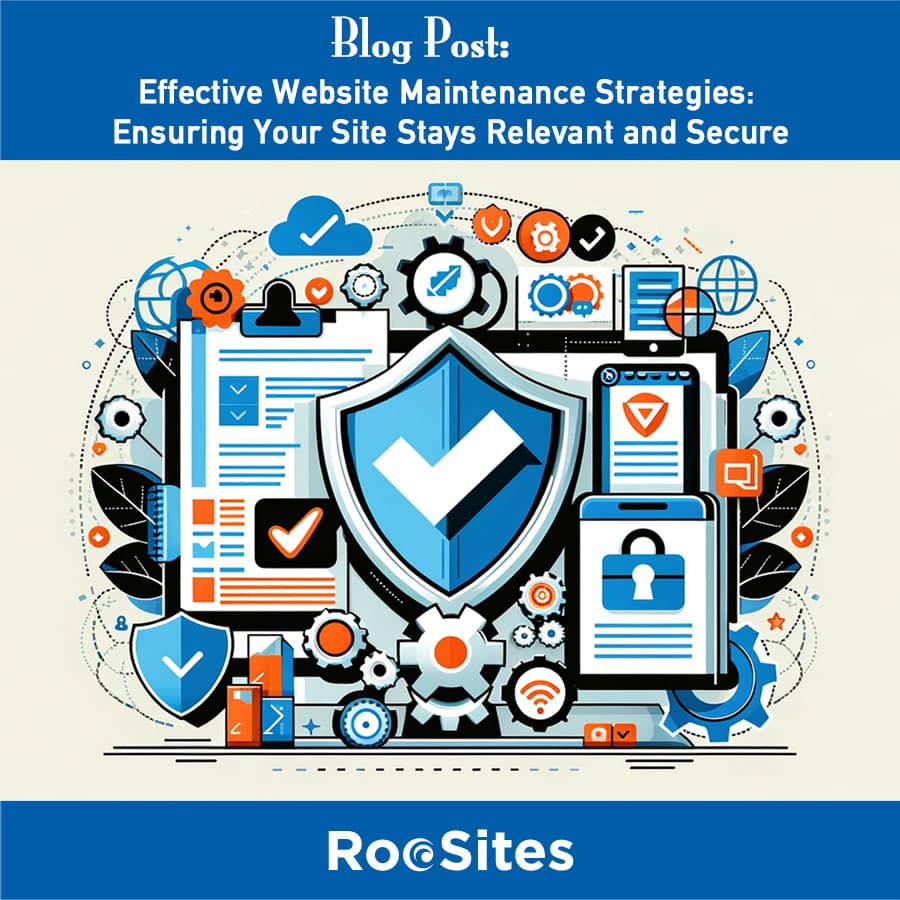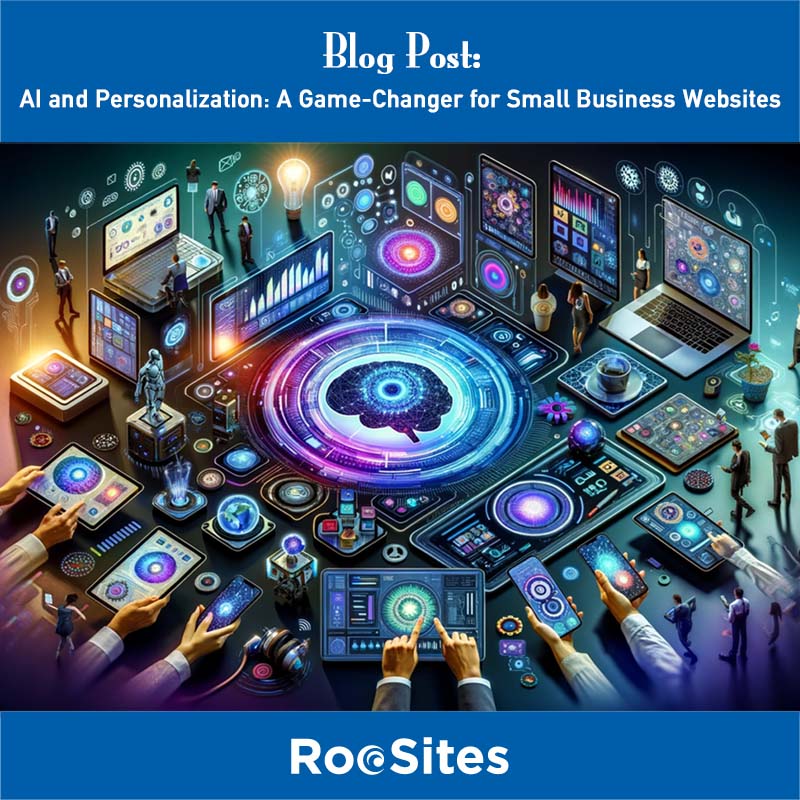In the digital age, your website serves as the virtual front door to your business or personal brand. Just like any physical storefront, it requires regular upkeep to ensure it remains welcoming, functional, and secure. However, effective website maintenance goes beyond just fixing broken links or updating your blog. It encompasses a broad range of activities aimed at keeping your site up-to-date, secure, and in line with evolving web standards and user expectations. Here are essential strategies to ensure your website remains at its best.
1. Regularly Update Your Content
Content is king, and outdated content can make your website feel like a ghost town. Regular updates keep your audience engaged and help improve your SEO rankings. Ensure that all information is current, from blog posts and news articles to product descriptions and company contact details. A content calendar can help you plan updates and keep your site fresh.
2. Perform Technical SEO Audits
Search Engine Optimization (SEO) is vital for your site’s visibility. Regular technical SEO audits can help you identify and fix issues that might be affecting your rankings, such as broken links, slow loading times, or unoptimized images. Tools like Google Analytics and SEMrush can provide invaluable insights into your website’s performance and areas for improvement.
3. Ensure Mobile Responsiveness
With over half of all web traffic coming from mobile devices, having a mobile-responsive website is no longer optional. Regularly test your site on various devices and browsers to ensure it looks and functions well across all platforms. Adjustments may be needed to improve user experience, such as optimizing images, adjusting font sizes, and ensuring clickable elements are adequately spaced.
4. Keep Your Software and Plugins Updated
Outdated software and plugins can be a security risk and may affect your site’s functionality. Regular updates typically include security enhancements, bug fixes, and new features. Whether your site runs on a Content Management System (CMS) like WordPress or custom software, keeping everything up to date is crucial for security and performance.
5. Backup Your Website Regularly
Regular backups are a safety net against data loss due to hacking, server failure, or human error. Automate your backup process to ensure you always have a recent copy of your website that can be restored if needed. Store backups in multiple locations, such as in the cloud and on an external hard drive, for added security.
6. Monitor Website Security
Cyber threats are constantly evolving, making website security an ongoing concern. Implement security measures such as SSL certificates, firewalls, and malware scanning. Regularly monitor your site for suspicious activity and stay informed about the latest security threats and best practices.
7. Analyze Your Site’s Performance
Website analytics provide insights into how visitors interact with your site, which pages are most popular, and where there might be issues, such as high bounce rates. Use this data to make informed decisions about design changes, content updates, and marketing strategies. Analytics are a key, part of website maintenance, and your provider should be sharing with you those statistics.
8. Engage with Your Audience
Finally, use your website to build and maintain a relationship with your audience. Enable comments on your blog posts, respond to feedback, and incorporate social media. Engaging with your visitors can provide valuable feedback and help foster a community around your brand or business.
Conclusion
Website maintenance is an ongoing process that plays a critical role in the success of your online presence. By implementing these effective maintenance strategies, you can ensure your site remains secure, functional, and engaging for your visitors. Remember, a well-maintained website reflects positively on your brand and can significantly impact your bottom line. Regular checks and updates are the keys to keeping your digital doorstep inviting and safe for everyone who visits.


